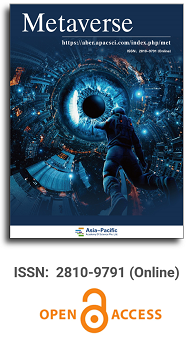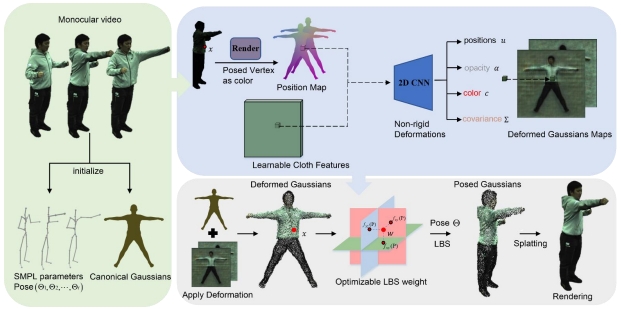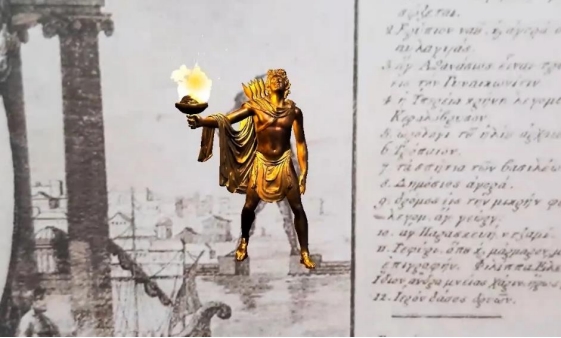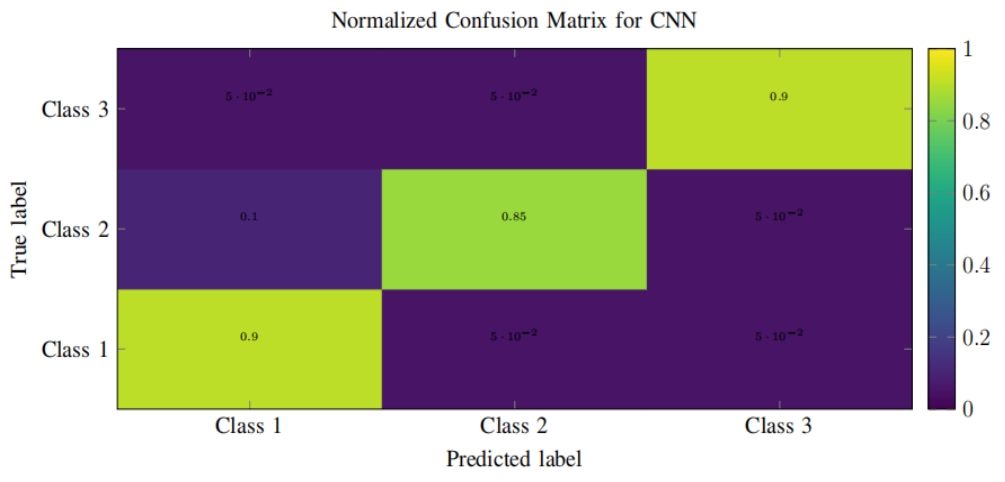
Asia Pacific Academy of Science Pte. Ltd. (APACSCI) specializes in international journal publishing. APACSCI adopts the open access publishing model and provides an important communication bridge for academic groups whose interest fields include engineering, technology, medicine, computer, mathematics, agriculture and forestry, and environment.



The non-consensus of the “metaverse” economy
Vol 2, Issue 1, 2021
Download PDF
Abstract
This paper attempts to clarify the main economic logic of the metaverse from an economic methodology, showing that the virtual digital economic activities of the metaverse cannot be separated from the real economy, exploring the boundary between the metaverse and the real world, and suggesting that the metaverse essentially needs to be constructed by relying on the real social structure and economic logic, and that there is no consensus with its completely decentralized concept. The increase in the realistic match or realisation of the metaverse is the result of long-term social evolution, and decentralisation is not a sufficient necessary condition for the development of the metaverse, which should be based on the central bank’s digital RMB to build a metaverse financial infrastructure. This paper also discusses the current status and development path of technology applications and industrial investments for realising the metaverse. In the primary stage of the metaverse economy, infrastructure hardware and software and underlying technologies and their related applications will be prioritised for development; games and business service experience applications have more room for development, while social and other content applications are subject to personal information protection and ideological constraints and will be steadily and orderly promoted.
Keywords
References
- Wu Y.Metaverse report, 2021. Tencent.
- Tsinghua New Media Research Center: Metaverse Development Research Report 2020–2021 [Inter- net]. China: SouHu; 2021. Available from: https://www.sohu.com/a/490523841_407401
- Zhao G, Yi H, Xu Y. Metaverse. Beijing: Chinese Translation Press; 2021.
- Edward C. Synthetic worlds: The business and culture of online games. Chicago: University of Chicago Press; 2005.
- Into the Metaverse [Internet]. China: Wunderman Thompson. 2019. Available from: https://www. wundermanthompson.com
- Zhang H, Xia Y. NFT: The fledgling blockchain application, an important pillar of the metaverse. Shenzhen: Guoxin Securities; 2011.
- Peter T. The super society: 10,000 years of human competition and cooperation. Xi’an: Shaanxi People’s Publishing House; 2020.
- Chen Y. The economic logic of the Metaverse [Internet]. Ji’nan: Economic Observer; 2021. Available from: https://www.sohu.com/a/501940621_4 07401
- Xu Z, Zou C. Frontiers and trends in fintech. Beijing: CITIC Press; 2021.
- Zheng L, Zheng Y. The path of blockchain empowering the real economy—A preliminary exploration of the economic ecology of blockchain token. Journal of Dongbei University of Finance and Economics 2020; (1).
- Zheng L. The realization path of pass-through digital economy-industry digitization and data assetization. Research on Financial and Economic Issues 2020; (5).
- The most radical city DAO, why attract V god into the community attention? [Internet]. China: The Paper; 2021. Available from: https://m.thepaper. cn/baijiahao_15328475
- Public policy for the Metaverse: Key takeaways from the 2021 AR/VR policy conference [Internet]. 2021. USA: ITIF. Available from: www.itif.org.
- China Institute of Contemporary International Relations: Metaverse and National Security Report [Internet]. China: WeChat; 2021. Available from: https://mp.weixin.qq.com/s/hlN7k_4ZSftpyE2qNAGeA
- Zhu W. Tech giants’ new battle for hard tech content. Tencent’s NetEase bytes bet on the future [Internet]. China: TMTPOST; [cited 2021 Jul 15]. Available from: https://www.tmtpost.com/548350 0.html
- Guo Q. Gartner releases emerging technology maturity curve for 2021 [Internet]. China: Tech Web; 2021. Available from: http://www.techweb.com. cn/it/2021-08-24/2854826.shtml
- Mao Y, Sun X, Chen X. Four explorations into the metaverse, digging deeper into the core values of the future shape of the Internet. Shanghai: Haitong Securities; 2021.
- Metaverse, Global giants enter the game, next generation Internet departs [Internet]. China: Shenwanhongyuan Securities; 2021. Available From: https://www.swhysc.com/swhysc/
Supporting Agencies
Copyright (c) 2021 Lei Zhang, Yangyang Zheng

This work is licensed under a Creative Commons Attribution 4.0 International License.

This site is licensed under a Creative Commons Attribution 4.0 International License (CC BY 4.0).

Prof. Zhigeng Pan
Director, Institute for Metaverse, Nanjing University of Information Science & Technology, China

Prof. Jianrong Tan
Academician, Chinese Academy of Engineering, China
Conference Time
December 15-18, 2025
Conference Venue
Hong Kong Convention and Exhibition Center (HKCEC)
...
Metaverse Scientist Forum No.3 was successfully held on April 22, 2025, from 19:00 to 20:30 (Beijing Time)...
We received the Scopus notification on April 19th, confirming that the journal has been successfully indexed by Scopus...
We are pleased to announce that we have updated the requirements for manuscript figures in the submission guidelines. Manuscripts submitted after April 15, 2025 are required to strictly adhere to the change. These updates are aimed at ensuring the highest quality of visual content in our publications and enhancing the overall readability and impact of your research. For more details, please find it in sumissions...






.jpg)
.jpg)

